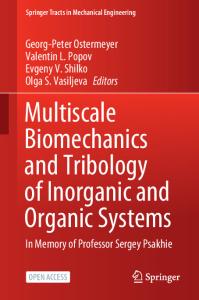Experimental Investigation of Magnesium-Base Nanocomposite Produced by Friction Stir Processing: Effects of Particle Typ
- PDF / 2,043,023 Bytes
- 13 Pages / 593.972 x 792 pts Page_size
- 5 Downloads / 371 Views
ODUCTION
MAGNESIUM is the lightest structural metal on earth, 35 pct lighter than aluminum and 78 pct lighter than steel.[1,2] High strength-to-weight ratio makes magnesium alloys suitable for applications in aerospace, automotive, computer hardware, bicycle frame, and portable electronic equipment in which weight saving is a crucial factor.[1,3] Therefore, the investigation of magnesium alloy properties is an attractive issue for researchers to follow. The AZ91, which is considered as the most common commercial magnesium alloy, is a cast alloy widely used to produce die-cast components. The microstructure of AZ91 alloy is characterized by Al-lean dendrites with a eutectic Al-rich solid solution and intermetallic b-Mg17Al12 in between.[4–8] Besides the hexagonal-close-packed crystal structure, precipitation of brittle Mg17Al12 b phase near the grain boundaries causes poor formability and ductility of AZ91 magnesium alloy. The hardness, wear resistance, and other mechanical properties of the magnesium alloys are not sufficient to widen their applications especially in high loading P. ASADI and G. FARAJI, Postdoctoral Students, and A. MASOUMI and M.K. BESHARATI GIVI, Associate Professors, are with the School of Mechanical Engineering, College of Engineering, University of Tehran, Tehran, Iran. Contact e-mail: parvizasadi@ ut.ac.ir Manuscript submitted October 7, 2010. Article published online April 19, 2011 2820—VOLUME 42A, SEPTEMBER 2011
conditions. There is a considerable scope to make further advancements in the mechanical properties of the basic alloys through the effective use of new surface modification technologies.[9] Particle-reinforced magnesium metal matrix composites (MMCs) compensating the downsides of the monolithic magnesium alloys by their high strength, superior wear resistance, and retention of strength at elevated temperatures have found widespread applications in different industries.[10–12] Nanosized particle reinforcements can significantly increase the mechanical strength by more effectively enhancing the particle hardening mechanisms than microsized particles.[8] A uniform distribution of nanosized particles provides a good balance between the reinforcement and interparticle spacing to maximize the hardness and wear resistance.[13] However, it is difficult to achieve uniform distribution of ceramic particles on metallic substrate by conventional surface treatments.[14,15] On the other hand, this problem becomes conspicuous in the case of nanoparticles, since such powders exhibit poor flowability due to the strong interparticle attractive forces associated with small particle sizes.[16] The FSP, which basically has been considered as an advanced process for the grain refinement technique, is also very popular for fabricating surface composite/ nanocomposite layers.[1–4,17–19] However, a completely uniform distribution could not be achieved, and it was suggested that multiple passes are required to improve the distribution of nanoparticles in the matrix. Zarghani METALLURGICAL AND MATERIALS TRANSACTIONS A
Data Loading...











